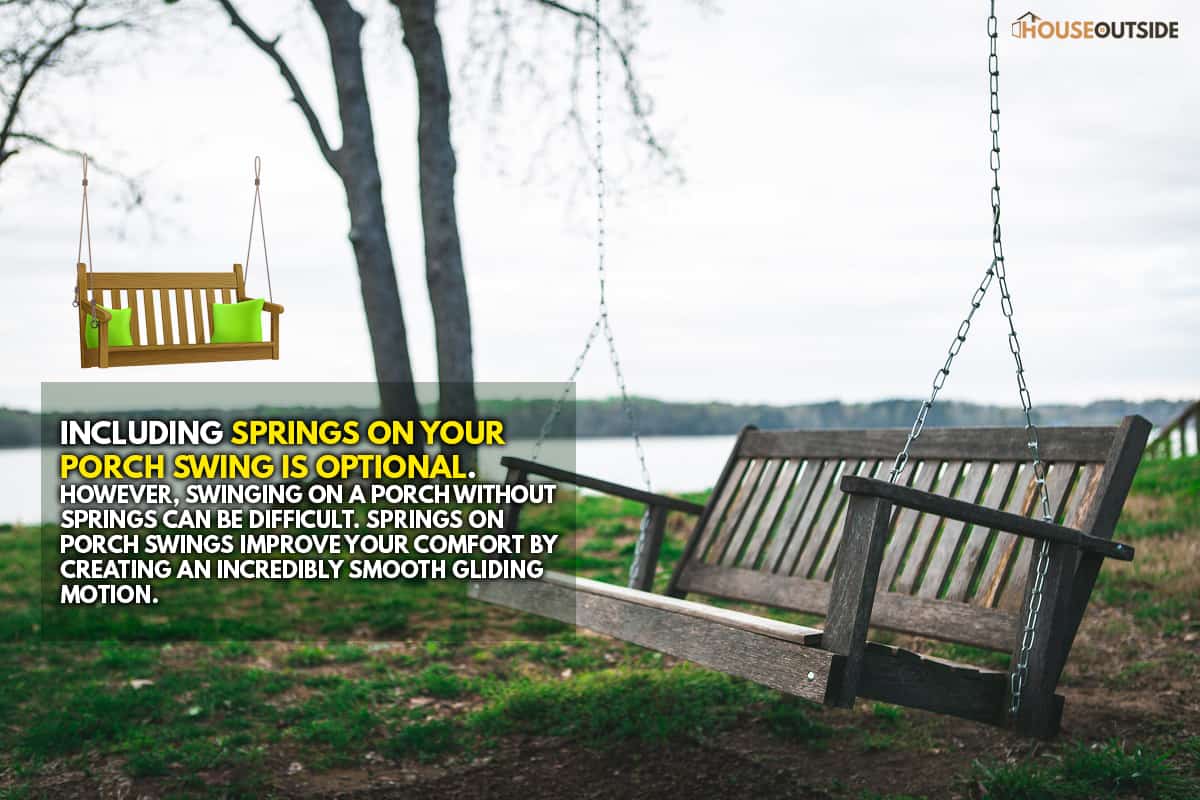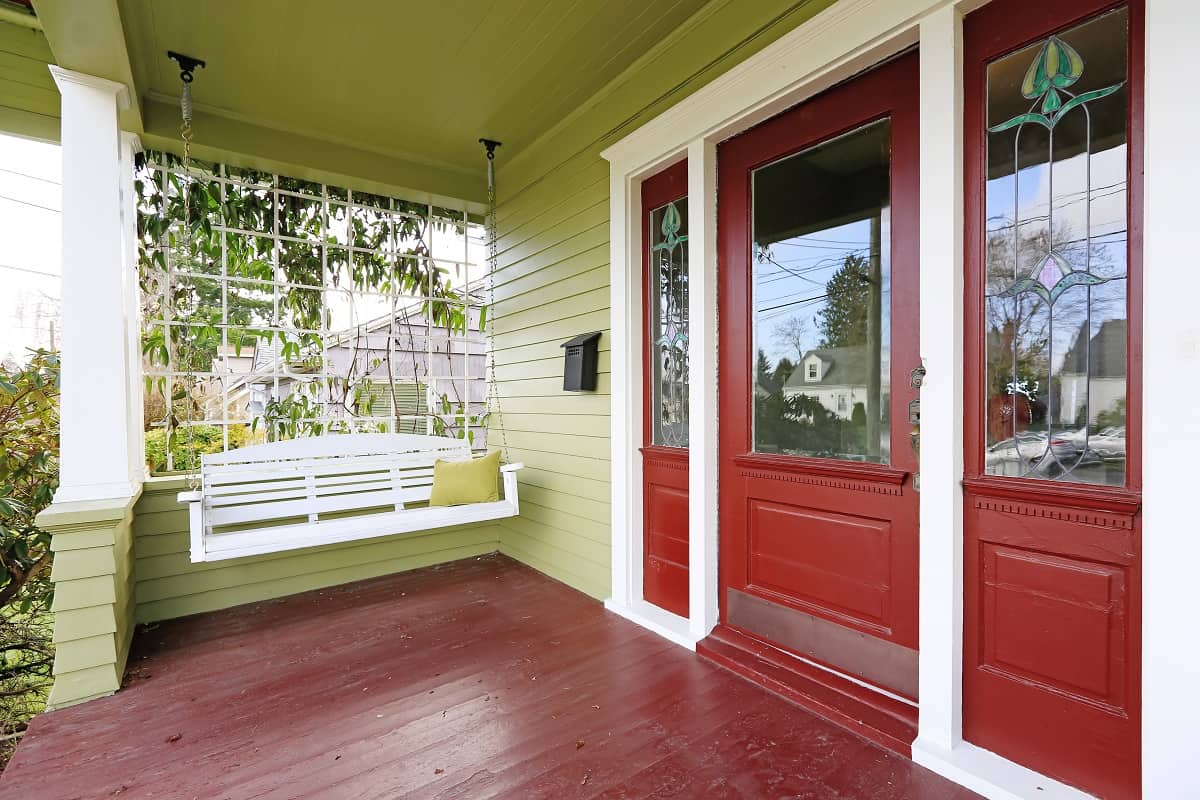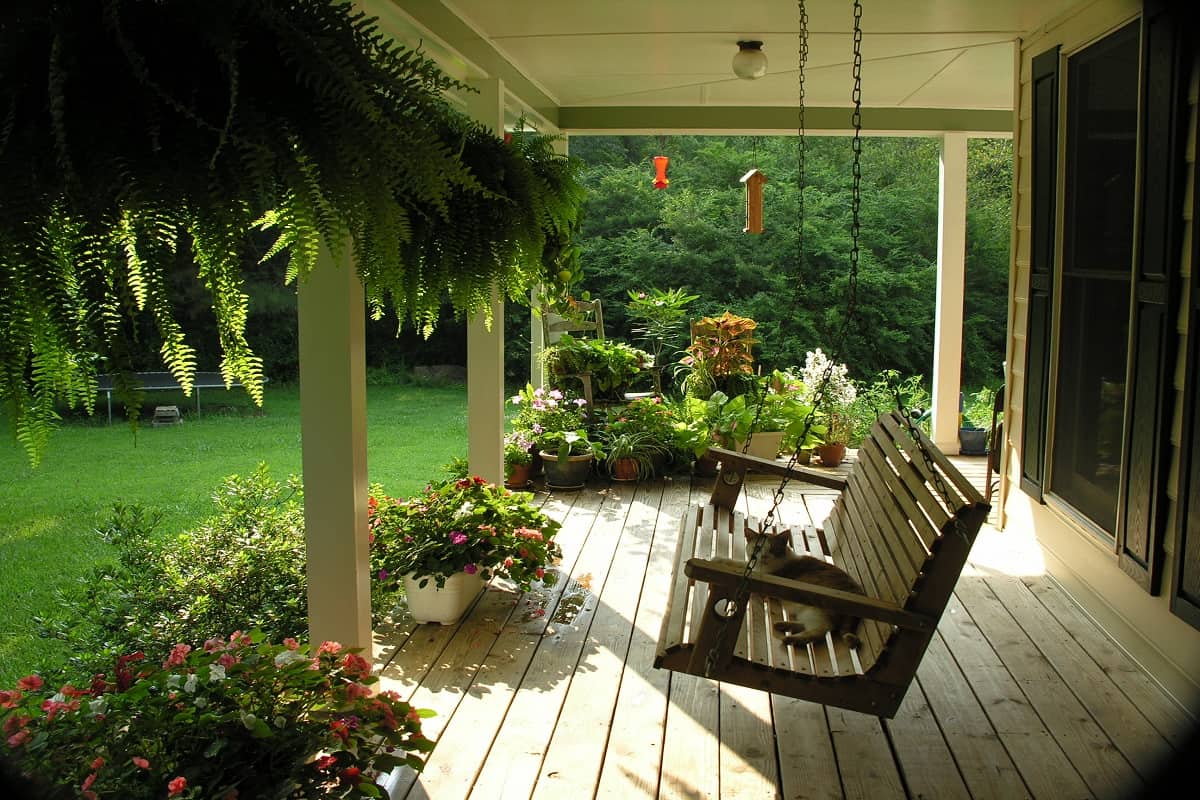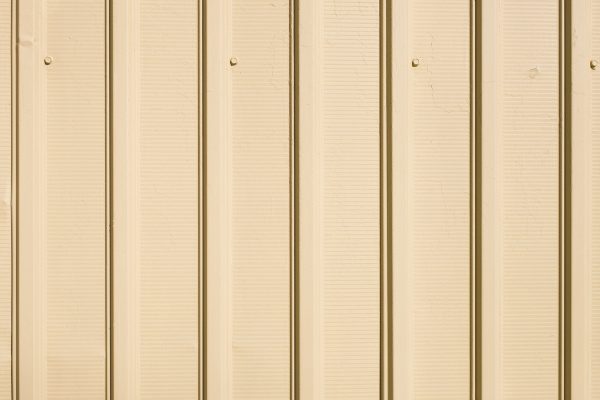You have a wide range of options regarding porch swings; materials, styles, and sizes. However, do you ever wonder if having springs on your porch swing is necessary? We've extensively researched this matter and found the best answers to this question.
Including springs on your porch swing is optional. However, swinging on a porch without springs can be difficult. Springs on porch swings improve your comfort by creating an incredibly smooth gliding motion.
It's relaxing to rock back and forth on a porch swing while taking in the scenery. We will discuss more about installing porch swings, particularly, the springs! Continue reading to find out all of this useful information.

Why Do You Put Springs On Porch Swings?
There's no disputing the welcoming appearance a porch swing gives your house. Any outside living area, such as a deck or garden, could benefit from having an outdoor swing. There are plenty of sizes and styles, so you're sure to find the ideal swing for your porch.
A porch swing is much like any other swing. To use it, construct a secure framework from which it hangs using chains or ropes.
Springs are not necessary for porch swings. However, they can significantly improve comfort and give an incredibly smooth gliding motion. As the swing moves up and down, springs assist in absorbing the sudden weight changes.
Springs have a built-in safety mechanism that, upon fracture, will continue to bear a static load. These are frequently utilized to support porch swings and come in various sizes to fit and support them. Some springs consist of premium components that can last a long time.
Most porch swing springs also have a zinc coating which can help prevent corrosion. This makes them excellent for outdoor use.
However, every time you sit on the porch swing, it will frequently feel like it is bouncing up and down, making you feel queasy. The springs also need maintenance to ensure they don't wear out or loosen up.
How Do You Install A Porch Swing With Springs?

When installing a swing, your top priority is making sure your swing is appropriately built and safe.
The ideal hardware to hang a porch swing depends on several factors, including comfort, toughness, and beauty. You can hang a porch swing yourself by following these few easy steps:
1. Select a Location

Finding the ideal spot for your swing is the first thing you must do.
Measure the space between the swing's mounting places. Verify that the swing is level and that there is enough space for you to swing without bumping into anything. Swing seats typically measure four or five feet long and up to 36 inches deep.
It is imperative to take the necessary steps to ensure the swing is installed in a location that can handle the weight of several hundred pounds dangling from your porch ceiling or resting atop your porch or deck flooring. This includes the swing's weight and factoring in the weight of those sitting, as well.
2. Choose a Porch Swing

Finding a swing that complements your current home style and is resistant to outdoor elements like rain and sun exposure is ideal.
Aluminum material painted with black is a standard option if you're seeking a stylish front porch swing spring. This material will survive for years because it resists rust and the elements.
The rope or chain you use to suspend your swing should also match the type of your swing, in style but also material for outdoor durability.
3. Find a Joist
Find a joist or beam from which you may hang the swing once you are confident that your porch can support one. Use a stud finder to determine the joists' centers. Run it along the ceiling until a loud "beep" is heard.
Click here to see this stud finder wood detector on Amazon.
A chain-hung swing should suspend from something that can sustain its weight and not lean to either side as the swing glides or rocks.
4. Install a Porch Swing Hanger
Place a porch swing hanger on your ceiling. The hangers will receive the springs.
Choose porch swing hangers made of materials like aluminum or stainless steel, which are unlikely to corrode. They perform a crucial function, and if they are unsuccessful, the entire setup fails.
Swing hangers are fastened with screws or nails directly to the wood. Place the screw-eye where you want your porch swing to be by driving it into a thick beam or joist. This crucial step can help keep your beam from splintering.
Make sure the space is level and free of obstructions before you begin installing the springs. This will lessen the possibility that the springs sustain damage while installed.
Your house supports a porch swing; thus, faulty installation could harm you and your home.
Click here to see these swing set hangers on Amazon.
5. Attach the Springs
You may now attach the springs once the hangers are put in place. This will improve both the stagnant sitting and swinging comfort of your swing.
Always ensure that the springs are tight. Make sure to check them frequently and adjust as needed. Before using the swing, ensure it is level and that the springs are secure.
Click here to see these porch swing springs on Amazon.
6. Hang the Porch Swing
The next step is hanging the porch swing. Attach the chain of your porch swing to the end of the springs.
Hook the chain to the hook on the spring. Adjust the chain's placement on one or both sides if you discover that one end is not exactly level with the other, giving the illusion of being out of balance.
Start with a light push to verify your clearances and ensure it swings, to test your swing. You've successfully hung your porch swing if it swings back and forth smoothly.
How Heavy Can A Porch Swing Hold?

Swinging on a porch is a beautiful way to unwind and enjoy the scenery. You might not imagine such a light swing could support so much weight.
The majority of porch swings have a weight capacity of 500 pounds. The rope or chain you use to suspend your swing should match your swing type, also capable of supporting at least 500 pounds.
If constructed properly, they may offer a lot of support. You can improve the weight capacity of your swing by getting more robust chains from a hardware store.
Keep in mind that this all depends on the porch swing's model, material quality, and the durability of the mounting mechanism.
By the manufacturer, each set of springs is given a unique rating. When purchasing springs, verify they suit your requirements by checking any accompanying documentation.
How To Stop The Squeaking Of The Porch Swing Springs
Porch swing springs squeal as metal rubs against them or when the spring becomes brittle with age. The metal will occasionally brush against the eye bolt when the spring leans to one side.
You must first check for any loose hooks and bolts. If you found a loose one, tighten it.
If it doesn't stop squeaking, you may opt to use a lubricant such as WD-40. Grease is an excellent material choice for metal-on-metal installations since a porch swing is an outdoor fixture. Move the swing back and forth after spraying the grease to distribute it evenly throughout the hardware.
Click here to see this WD-40 multi-use product spray on Amazon.
You may also replace your porch swing's springs if they are squeaking because they might be worn out. Replacement of worn springs ensures everyone's safety while using the swing.
In Closing
On your swing, springs can provide a smoother ride. However, always keep an eye on the condition of your springs.
If you are unsure what to do, don't hesitate to hire an expert to hang your new porch swing correctly and securely. Before you leave, we also have these other interesting posts that you might want to see:
Do Porch Lights Use A Lot Of Electricity?







![Roof Gutter Cleaning Tips. Clean Your Gutters. Gutter Cleaning., Do Gutters Smell? [And What To Do About It]](https://houseoutside.com/wp-content/uploads/2022/10/Roof-Gutter-Cleaning-Tips.-Clean-Your-Gutters.-Gutter-Cleaning.-600x400.jpg)